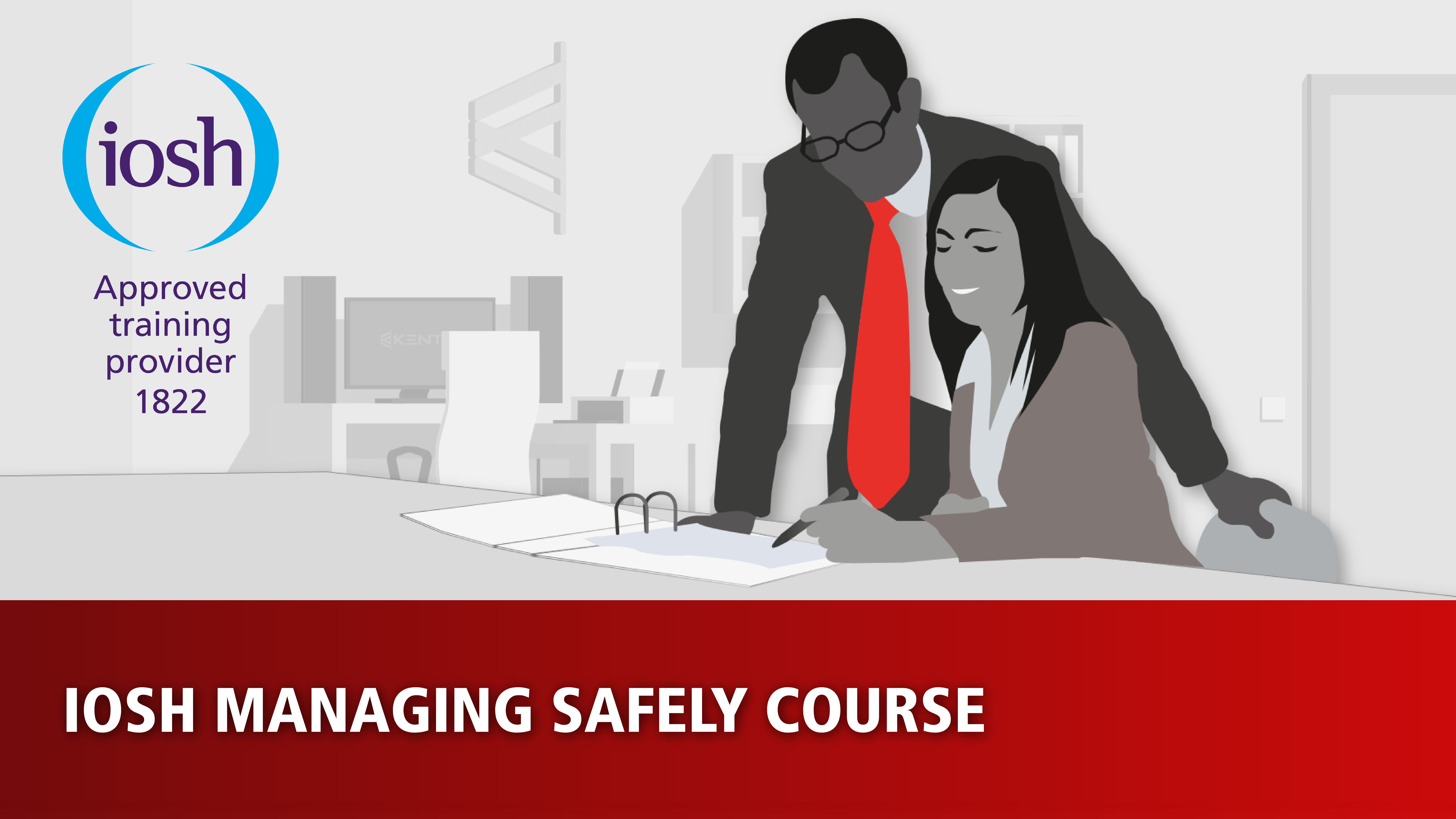
At the recent IOSH webinar launch of the “Don’t Fall Silent” campaign, Kentec Training’s Managing Director & PASMA Chairman, Steve Booker, delivered a powerful presentation on the importance of emergency planning when working at height.
Falls from height remain the leading cause of workplace fatalities, and while emergencies are unpredictable, preparation saves lives. Steve reminded delegates that employers have both a legal and moral duty to protect their workforce – and that effective planning is the key to doing so.
Key Elements of an Emergency Plan
-
Risk assessment – identify possible emergencies before they occur
-
Clear procedures – define who does what, and when
-
Competent people – ensure responders are trained and confident
-
Suitable equipment – rescue kits and tools must be appropriate, available, and maintained
-
Communication protocols – plan how to keep everyone informed, inside and outside the site
Crisis Management vs. Emergency Response
Steve highlighted the distinction between emergency response (immediate life-saving actions) and crisis management (controlling the wider impact on operations, stakeholders, and reputation). Both must work hand in hand.
Rescue from Height
One of the most critical messages was clear: never rely solely on the emergency services. Workers must be trained in self-rescue or assisted rescue, with equipment ready and regularly inspected. Delays can turn incidents into tragedies.
Communication in a Crisis
Clear, pre-planned communication channels and a defined chain of command are vital. Radios, phones, and signals should be built into the plan, and external emergency services must be briefed in advance.
Training & Drills
Regular practice through scenario-based training builds confidence and reveals gaps. Every drill should be reviewed, refined, and improved to strengthen preparedness.
Lessons from Past Incidents
Case studies repeatedly show the dangers of poor planning: delays in rescue, missing equipment, and ineffective communication all increase the likelihood of severe injury or fatality. The lesson is clear – learn and improve before the next emergency occurs.
Key Takeaways
-
Plan for the worst, hope for the best
-
Emergency planning is both a legal requirement and moral duty
-
Rescue must be immediate, practical, and practiced
-
Crisis management extends far beyond the incident itself
Steve closed with a simple but vital message:
Be Prepared. Be Protected. Be Proactive.



